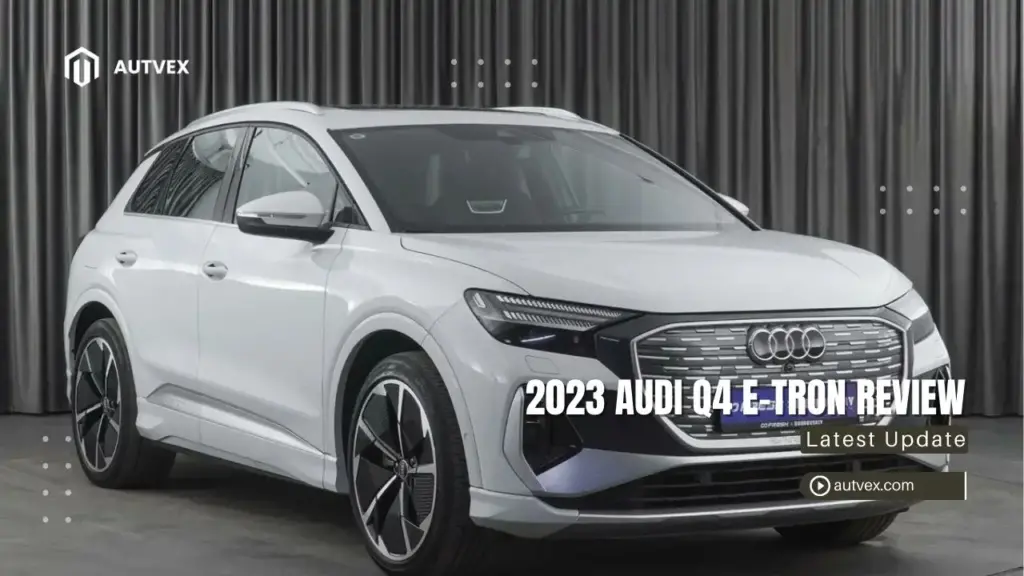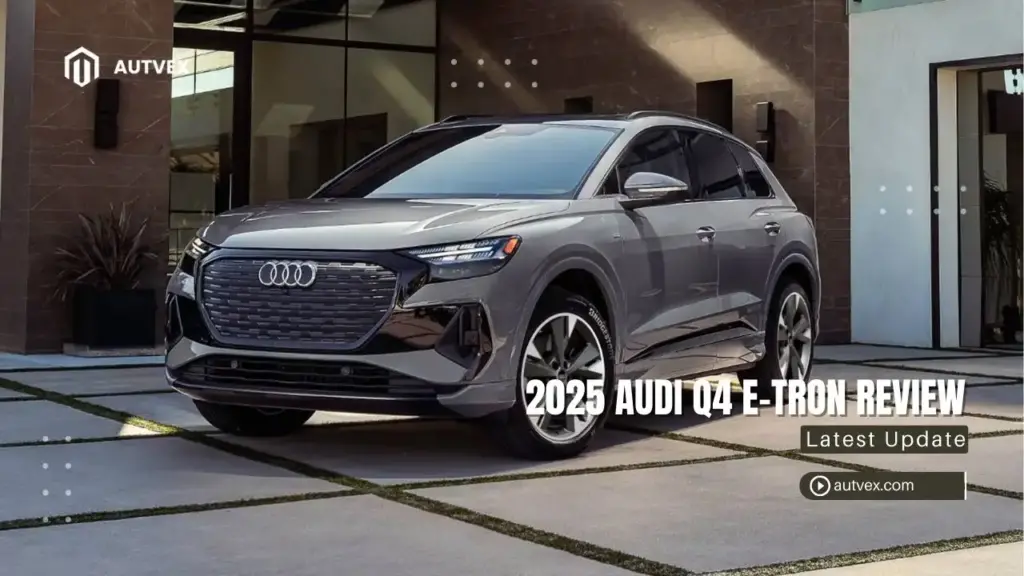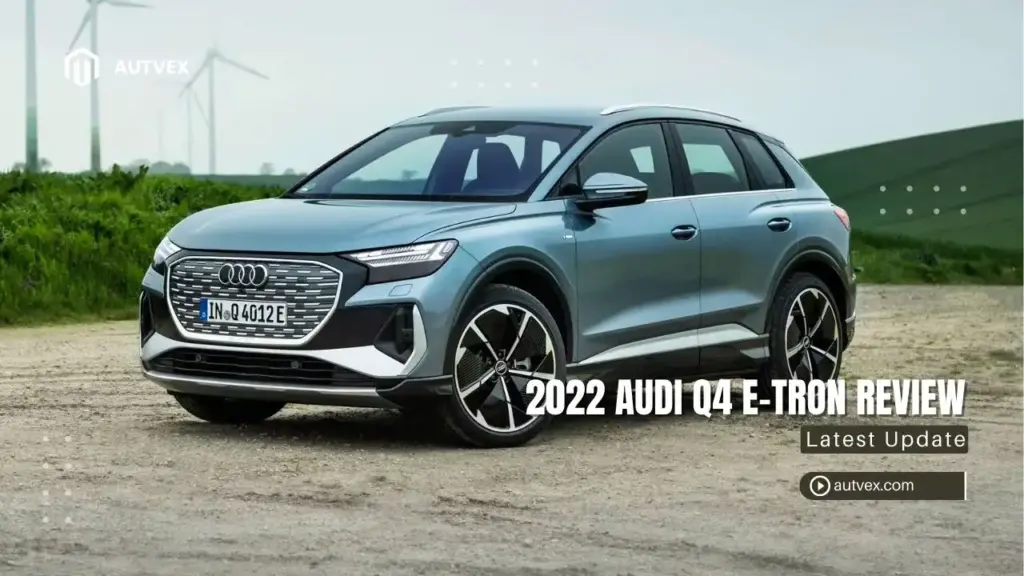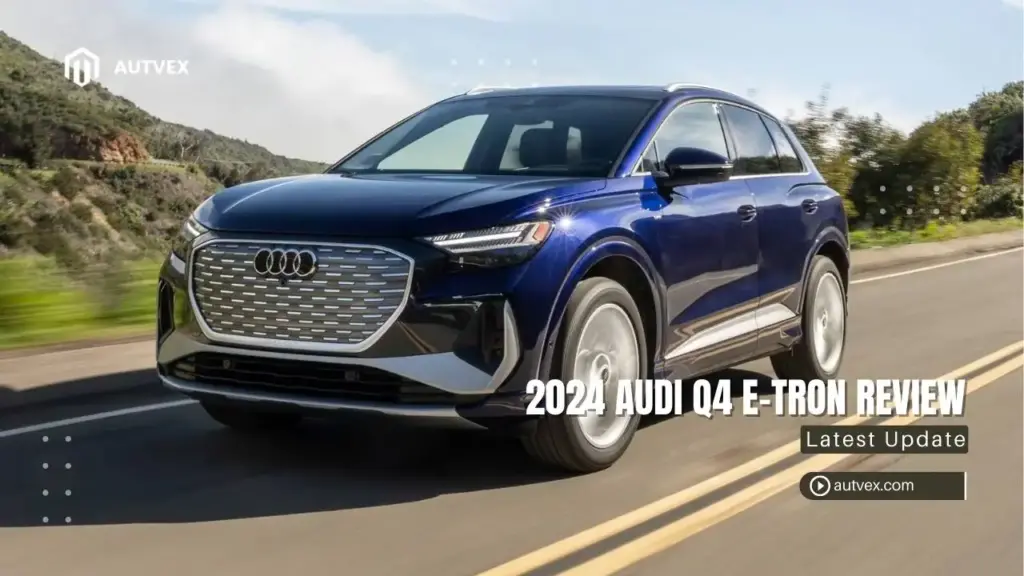You may also like:
The 2023 Audi Q4 e-tron emerges as a compelling German luxury electric SUV targeting American buyers seeking traditional refinement over Tesla’s tech-focused approach[1]. Starting at $49,800 with two powertrain options delivering 201 to 265 horsepower and EPA range estimates up to 265 miles, this premium electric SUV positions itself as a conservative alternative in America’s rapidly expanding EV market[2]. With IIHS Top Safety Pick+ recognition and 5-star NHTSA ratings, the Q4 e-tron appeals to affluent US consumers prioritizing proven German engineering and conventional luxury appointments over cutting-edge technology features[3].
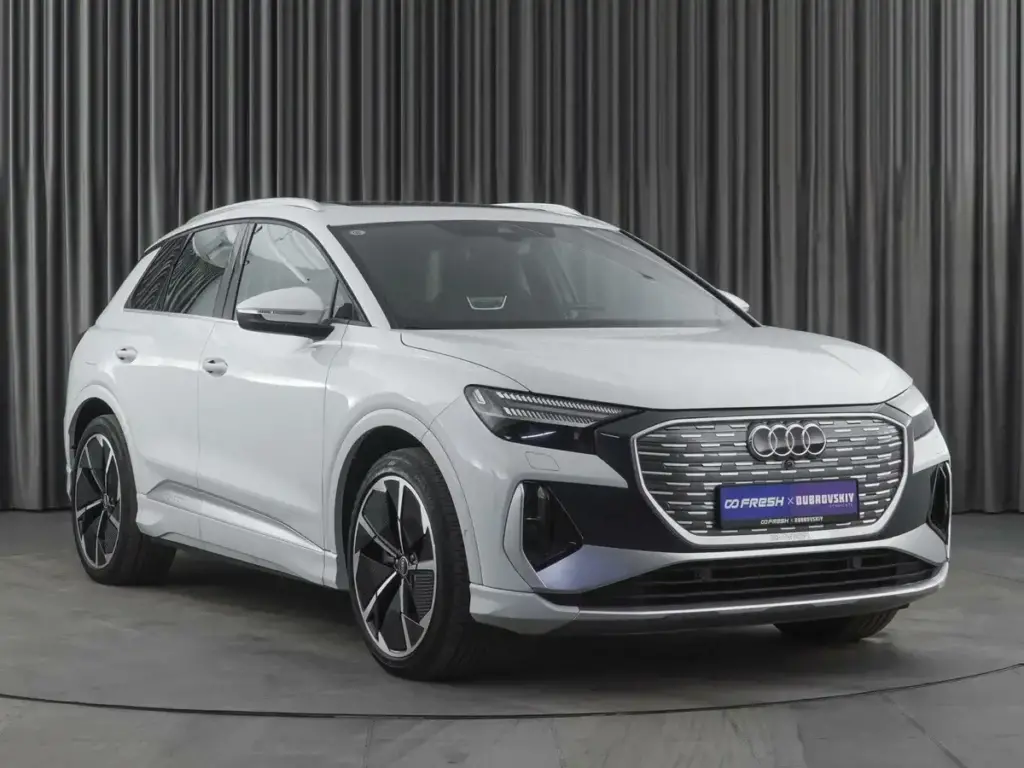
2023 Audi Q4 e-tron: Quick Overview & What’s New for US Buyers
Essential US Specifications & MSRP
2023 US Market Pricing & Key Specs Table (Product Schema Ready)
| US Market Specification | Q4 40 e-tron | Q4 50 e-tron quattro |
|---|---|---|
| Starting MSRP | $49,800[1] | $53,900[1] |
| Top MSRP (Prestige) | $55,500[1] | $58,800[1] |
| Powertrain | Single-motor RWD[1] | Dual-motor AWD[1] |
| Total System Power | 201 hp[1] | 265 hp[1] |
| EPA Range Estimate | 265 miles[1] | 241 miles[1] |
| MPGe Rating | 112 city/99 highway[1] | 104 city/89 highway[1] |
| 0-60 mph | 8.0 seconds[1] | 5.8 seconds[2] |
| Battery Capacity | 82.0 kWh gross/77.0 kWh net[1] | 82.0 kWh gross/77.0 kWh net[1] |
| DC Fast Charging | Up to 150 kW[1] | Up to 150 kW[1] |
| US Safety Rating | 5-star NHTSA (AWD)[3] | 5-star NHTSA (AWD)[3] |
What’s New for 2023 US Model Year
The 2023 Audi Q4 e-tron receives its first year updates targeting American EV buyers seeking German luxury refinement over Tesla’s minimalist approach. A larger 11.6-inch touchscreen infotainment system replaces the previous 10.1-inch display, providing enhanced functionality for American long-distance travel requirements[4].
Enhanced driver assistance features now come standard across all US trim levels, including Pre-Sense Front collision warning with automatic emergency braking and Lane Guidance systems addressing American safety priorities. Adaptive Cruise Assist maintains safe following distances during typical US highway driving conditions[1].
Charging capabilities support up to 150 kW DC fast charging across all trim levels, enabling 10-80% charging in approximately 35 minutes for improved American road trip viability. The myAudi app provides comprehensive remote features including pre-conditioning, charging status, and vehicle location functionality[1].
Target American Buyer Profile
The 2023 Q4 e-tron appeals to affluent US buyers seeking traditional German luxury without sacrificing electric efficiency or Tesla’s charging infrastructure limitations. Conservative luxury consumers prioritizing proven quality over cutting-edge technology represent the core demographic, alongside buyers wanting sophisticated styling and comprehensive feature content in America’s increasingly competitive compact luxury EV segment.

Performance & Real-World Range: US Driving Conditions
Dual Powertrain Options for American Preferences
The 2023 Q4 e-tron lineup provides strategic powertrain choices addressing diverse American buyer priorities. The base Q4 40 e-tron delivers 201 horsepower through a single rear-mounted motor, optimizing efficiency for maximum range capability while maintaining engaging rear-wheel-drive dynamics[1].
The Q4 50 e-tron quattro adds a front motor for all-wheel drive capability, delivering combined 265 horsepower output ideal for American buyers prioritizing performance and all-weather confidence. Testing confirms impressive 5.8-second 0-60 acceleration with boost engaged, competitive with premium gasoline SUVs while providing instant electric torque delivery[2].
Both powertrains utilize the same 82 kWh battery pack built on 400V architecture, with the RWD configuration achieving superior efficiency ratings of 112 MPGe city/99 MPGe highway compared to Tesla Model Y’s efficiency benchmarks[1].
EPA Range vs Real-World US Highway Testing
EPA certification yields competitive range figures – 265 miles for Q4 40 and 241 miles for Q4 50 quattro models. Real-world testing shows the Q4 e-tron regularly achieving or exceeding EPA estimates in mixed American driving conditions, with owners reporting 270-mile real-world range in economy drive mode[1].
Annual electricity costs estimate approximately $62 monthly based on national US averages, significantly lower than comparable gasoline luxury SUVs averaging $174 monthly. The 150 kW fast-charging capability enables 10-80% charging in 35 minutes, though this remains slower than class-leading competitors like Hyundai IONIQ 5[1].
Real-world efficiency in mixed American driving conditions generally meets EPA estimates, with city driving favoring the electric powertrain’s regenerative capabilities during stop-and-go traffic common in US metropolitan areas.
All-Weather Performance for US Climate Diversity
Standard all-wheel drive on Q4 50 models addresses American buyer preferences for confident winter performance across diverse US climates. The sophisticated thermal management system maintains optimal battery performance from extreme cold to desert heat conditions common across American regions[1].
Advanced battery preconditioning while charging addresses American cold-climate concerns, ensuring optimal performance during harsh northern winters where temperatures regularly fall below 0°F for extended periods. Available heat pump system reduces cold-weather range loss compared to resistive heating systems[5].
Ground clearance and protective underbody panels provide confidence for light recreational activities popular among American buyers, though serious off-roading requires dedicated SUV platforms designed for aggressive trail use.
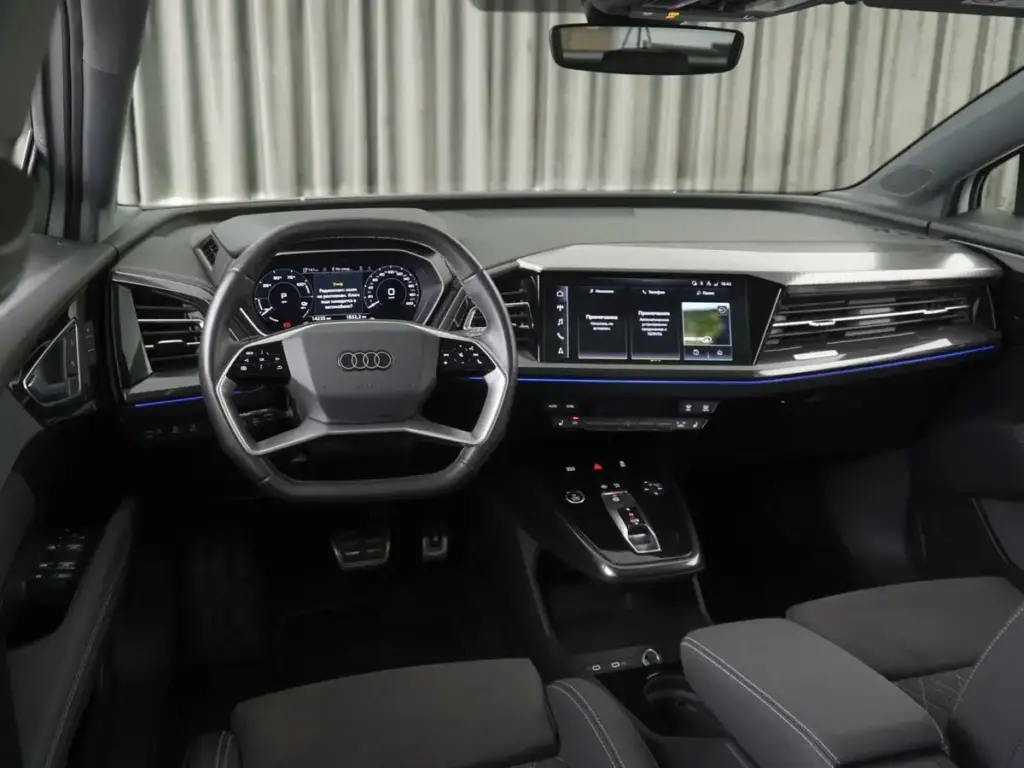
Interior Technology & American Luxury Expectations
Cabin Design Meeting US Premium EV Standards
The 2023 Q4 e-tron interior maintains Audi’s sophisticated German luxury approach while incorporating technology expectations of American EV buyers. Standard premium materials include quality soft-touch surfaces, available quilted leather appointments, and traditional luxury aesthetics competitive with BMW iX1 and Mercedes EQA alternatives[1].
Five-passenger seating accommodates typical American family demographics, with flat floor design maximizing rear passenger legroom compared to gasoline SUV alternatives. The interior feels refined and well-appointed according to Consumer Reports testing, appealing to American luxury buyers preferring traditional premium aesthetics over futuristic EV styling[1].
Dual-zone automatic climate control comes standard across all US trim levels, with four-zone control available for Premium Plus trims addressing American family comfort preferences during extended regional travel[1].
Technology Integration for US Consumer Preferences
The enlarged 11.6-inch MMI infotainment touchscreen angles toward the driver for easier access to various menus and features essential for American long-distance travel requirements. The system maintains physical climate controls preferred by many US buyers over Tesla’s touch-only approach[4].
Standard Apple CarPlay and Android Auto with wireless connectivity address American smartphone integration priorities. The myAudi app provides comprehensive remote features including pre-conditioning, charging status, and vehicle location – functionality American buyers expect from premium EVs[1].
However, some technology implementations may frustrate American drivers, including the absence of a physical volume knob and the lack of one-pedal driving capability that Tesla owners appreciate. Regenerative braking adjustment requires paddle controls similar to older Chevy Bolt EV systems[6].
Comfort and Ergonomics for American Commutes
Front sport seats provide adequate support during extended American commute distances, with owners praising comfortable seating for long trips and daily commutes. Rear seat space accommodates adult passengers adequately for a compact SUV classification[5].
LATCH child safety anchors meet current US safety standards while providing user-friendly installation for American family requirements. Multiple USB ports and wireless charging pad provide comprehensive device charging capability throughout the cabin[1].
The Q4 e-tron’s quiet cabin receives praise from testing, crediting refined electric motors and sound insulation for blocking exterior noise during typical American highway and urban driving conditions[5].
According to Autvex‘s comprehensive luxury electric SUV testing, the 2023 Q4 e-tron represents one of the strongest traditional luxury offerings in the compact EV segment.
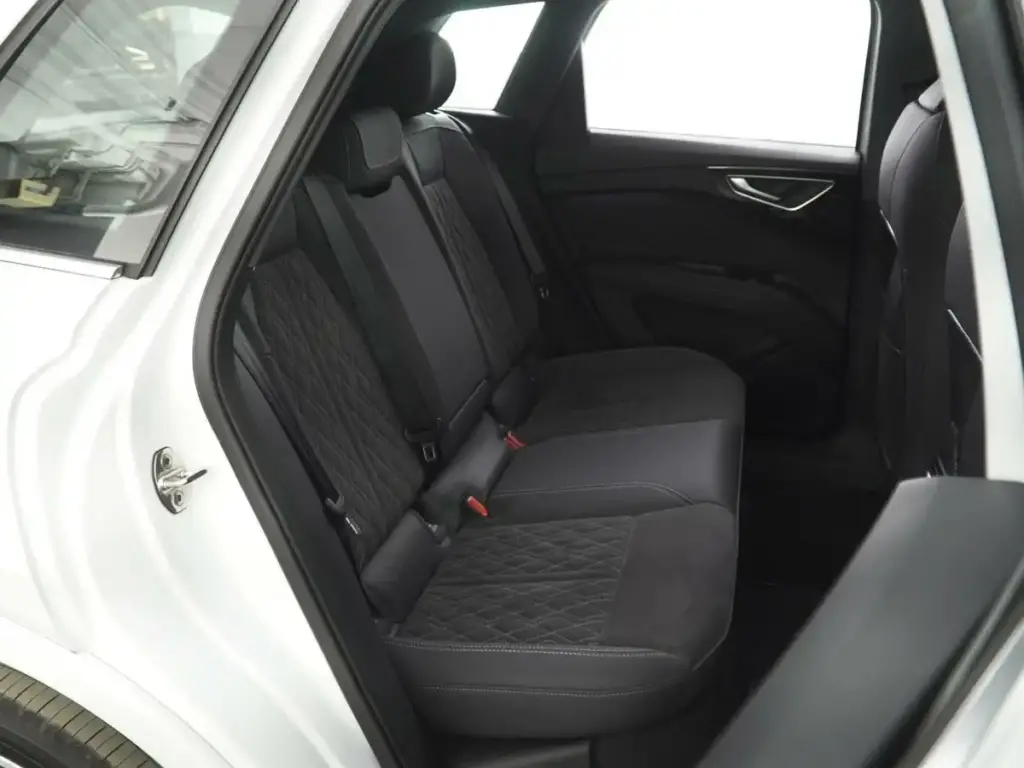
Safety Ratings & Long-Term Reliability for US Ownership
Complete US Safety Assessment and Ratings
NHTSA and IIHS Performance (FAQ Schema Ready)
| Safety Test Category | 2023 Q4 e-tron Result |
|---|---|
| NHTSA Overall Rating | 5 Stars (AWD)[3] |
| NHTSA Front Crash | 4 Stars (Driver)/4 Stars (Passenger)[1] |
| NHTSA Side Impact | 5 Stars[1] |
| IIHS Top Safety Pick+ | 2022 Award Winner[3] |
| IIHS Side Impact | Good[1] |
| IIHS Small Overlap Front | Good[1] |
The 2023 Q4 e-tron achieved full 5-star NHTSA overall safety ratings for AWD models with particularly strong side impact protection scores, indicating excellent crash protection for American families. The IIHS awarded Top Safety Pick+ designation for 2022, the agency’s highest safety rating[3].
Standard US Safety Technology Package
Comprehensive driver assistance features come standard across all US trim levels, addressing American safety priorities. Standard equipment includes:
- Pre-Sense Front collision warning with automatic emergency braking
- Lane Guidance steering assistance for highway driving
- Adaptive Cruise Assist with stop-and-go capability
- Rear parking sensors with visual display system
- Road-sign recognition technology
Premium Plus trims add enhanced driver assistance through available packages including cross-traffic assistance, surround-view camera system, and emergency assistance features helping American drivers navigate diverse driving scenarios safely[1].
The 2023 model year benefits from Audi’s commitment to safety technology standardization, ensuring comprehensive protection across all trim levels without requiring expensive option packages common with competitors[1].
Long-Term Reliability Data from US Sources
Consumer Reports expects “about average” reliability for the 2023 Q4 e-tron based on limited data from the Q4 e-tron platform and Audi’s brand scoring patterns. The underlying MEB platform shared with Volkswagen ID.4 shows promising durability through early owner experiences[7].
However, Audi as a brand finished concerning 30th out of 32 makers in reliability surveys, with 23% of Audi owners reporting faults within the first year of ownership. Electrical issues comprised the majority of problems – particularly concerning for an EV like the Q4 e-tron[8].
The 2023 Q4 e-tron has been subject to 4 NHTSA recalls, though specific issues weren’t detailed in available research. The standard 4-year/50,000-mile comprehensive warranty provides competitive coverage, while the battery warranty extends 8 years/100,000 miles[7].
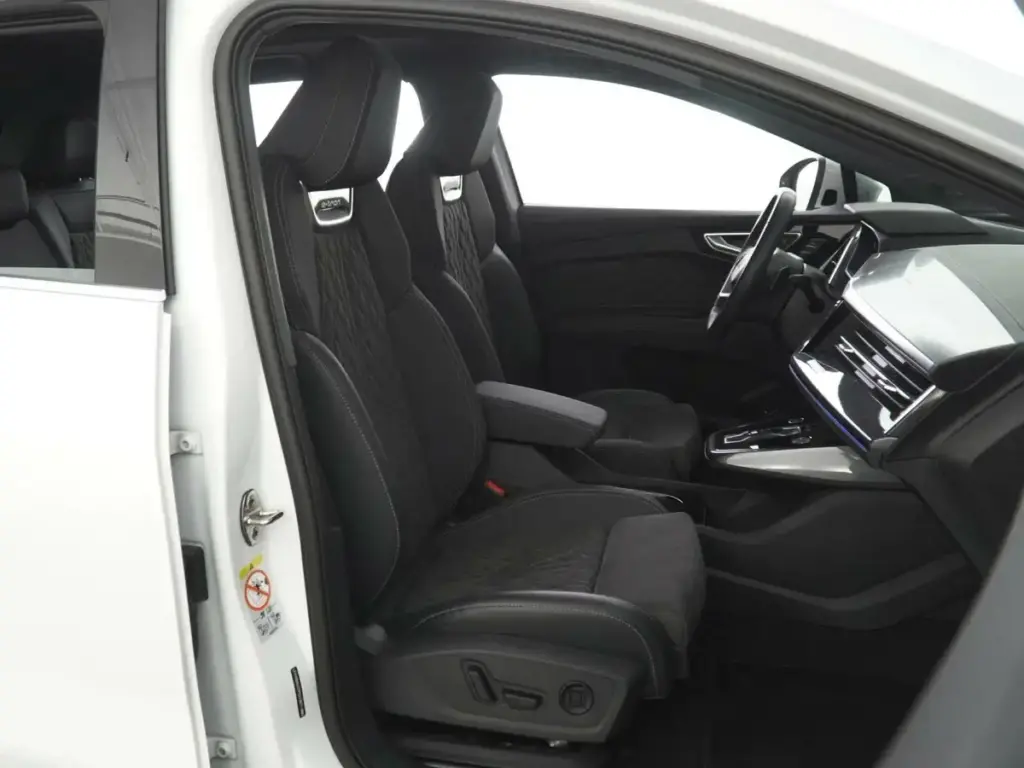
Cargo Space & American Family Practicality Analysis
Real-World Storage Capacity for US Lifestyles
The 2023 Q4 e-tron provides 24.8 cubic feet of cargo volume behind the rear seats, competitive for its compact luxury SUV classification. Standard 40/20/40 split-folding rear seats enable flexible storage configurations for American family requirements[1].
Loading height positions at convenient levels for average American users, while the flat load floor maximizes usable space compared to gasoline SUVs with exhaust systems and fuel tanks compromising cargo organization. Under-floor storage compartments organize charging cables and emergency equipment[1].
Total cargo volume remains modest compared to larger three-row SUV alternatives popular in American family markets, though the Q4 e-tron’s dimensions suit typical compact luxury SUV expectations for weekend recreation and airport transportation needs[1].
American Family-Friendly Features Assessment
Five-passenger seating capacity suits typical US household demographics according to Census Bureau data. Key family features include:
- LATCH child safety anchors meeting current US standards
- Flat floor design for outboard rear passenger comfort
- Rear seat climate vents for extended travel comfort
- Multiple USB ports throughout cabin for device charging
- Wireless charging pad for smartphone convenience
Rear seat climate vents enhance passenger comfort during extended American family trips across diverse regional climate conditions, particularly beneficial for cross-country travel common in US family vacation patterns[1].
Door opening angles and step-in height accommodate diverse user demographics, though access could benefit from wider door apertures for easier child seat installation compared to traditional SUV alternatives preferred by American families[1].
Regional US Lifestyle Suitability
Weekend recreation gear capacity accommodates American outdoor activities from camping equipment to sports gear, supported by protective cargo area materials and 12V power outlets for equipment charging needs. Ground clearance provides confidence for gravel camping roads and seasonal conditions[1].
Airport transportation practicality serves US business and vacation travel adequately, with cargo space sufficient for multiple large suitcases while maintaining passenger comfort for family airport runs common in American travel patterns[1].
Light recreational access capability suits American camping and seasonal road conditions, though serious off-road recreational access requires dedicated platforms designed for aggressive American outdoor activities beyond the Q4 e-tron’s luxury-focused mission[1].
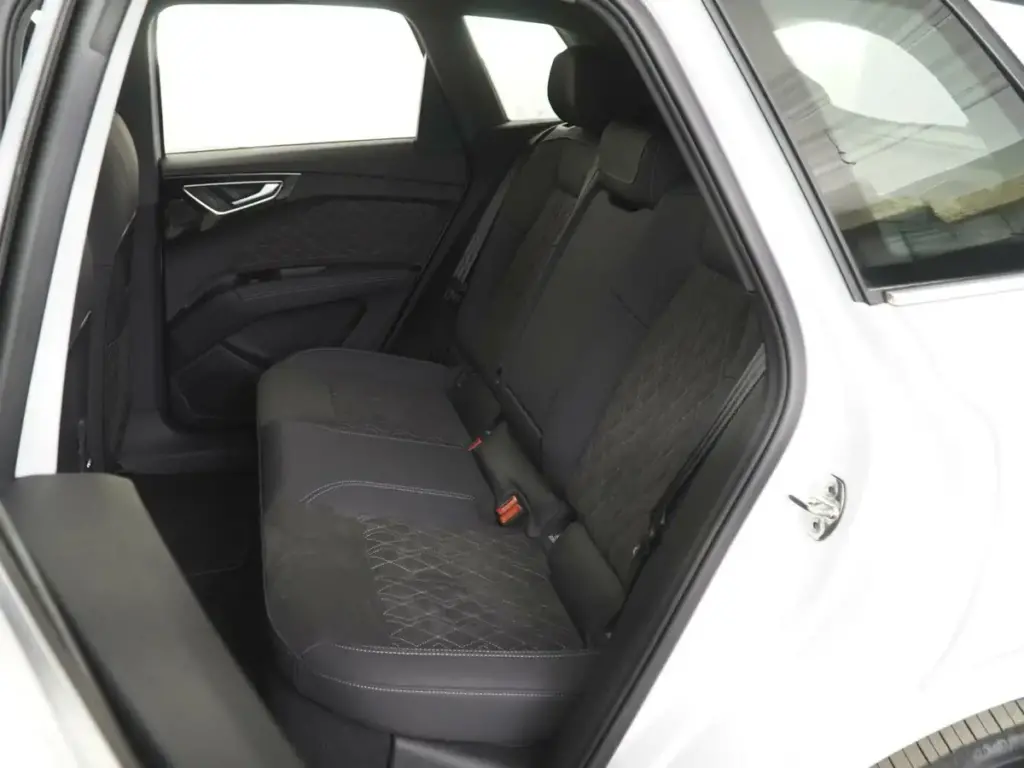
2023 Audi Q4 e-tron vs Key US Market Competitors
Q4 e-tron vs BMW X1: German Premium Battle
Direct US Market Comparison
| Comparison Factor | Q4 50 e-tron | BMW X1 28i | Winner |
|---|---|---|---|
| US MSRP Starting | $53,900[1] | $46,900[9] | BMW X1 |
| Horsepower | 265 hp[1] | 312 hp[9] | BMW X1 |
| Range/MPG | 241 miles EPA[1] | 24 city/33 highway[10] | Q4 e-tron |
| 0-60 mph | 5.8 seconds[2] | ~6.0 seconds[9] | Q4 e-tron |
| Efficiency | 104 MPGe combined[1] | 28 MPG combined[10] | Q4 e-tron |
| Charging/Fueling | 150 kW DC fast[1] | Traditional gas | Q4 e-tron |
The Q4 e-tron provides superior efficiency and zero-emission operation, though BMW X1 offers lower acquisition costs and established gasoline refueling convenience. American buyers prioritizing electric efficiency favor the Audi, while those seeking traditional luxury SUV experience at lower prices prefer the BMW[9].
Q4 e-tron vs Tesla Model Y: Electric Performance Showdown
American EV Comparison
| Category | Q4 50 e-tron | Model Y Long Range | Advantage |
|---|---|---|---|
| US MSRP | $53,900[1] | $50,490 | Model Y |
| Horsepower | 265 hp[1] | 384 hp | Model Y |
| EPA Range | 241 miles[1] | 330+ miles | Model Y |
| 0-60 mph | 5.8 seconds[2] | 4.8 seconds | Model Y |
| Interior Luxury | Traditional luxury[1] | Minimalist tech | Q4 e-tron |
| Charging Network | EA/third-party | Tesla Supercharger | Model Y |
Tesla Model Y provides superior performance metrics, range capability, and charging infrastructure access, though the Audi delivers traditional luxury appointments and build quality preferred by conservative American buyers seeking conventional premium experiences[1].
Q4 e-tron vs Volvo XC40 Recharge: Scandinavian Safety Alternative
The Volvo XC40 Recharge offers comparable electric SUV capability with distinctive Scandinavian design and strong safety reputation appealing to American families prioritizing protective credentials over performance metrics. Both vehicles provide similar range estimates and charging capabilities[11].
The Audi delivers superior power output and German luxury positioning for buyers prioritizing driving dynamics, while Volvo emphasizes safety innovation and practical utility features preferred by American families seeking maximum protective capability[11].
Q4 e-tron vs Genesis GV60: Korean Luxury Innovation
Genesis GV60 provides innovative features like Face Connect entry and Bang & Olufsen premium audio at competitive pricing around $52,000. However, limited dealer network coverage restricts accessibility for many American buyers compared to Audi’s established nationwide presence.
The Q4 e-tron offers more conservative luxury approach and proven German engineering for buyers preferring established premium brands over emerging luxury alternatives in the American marketplace.
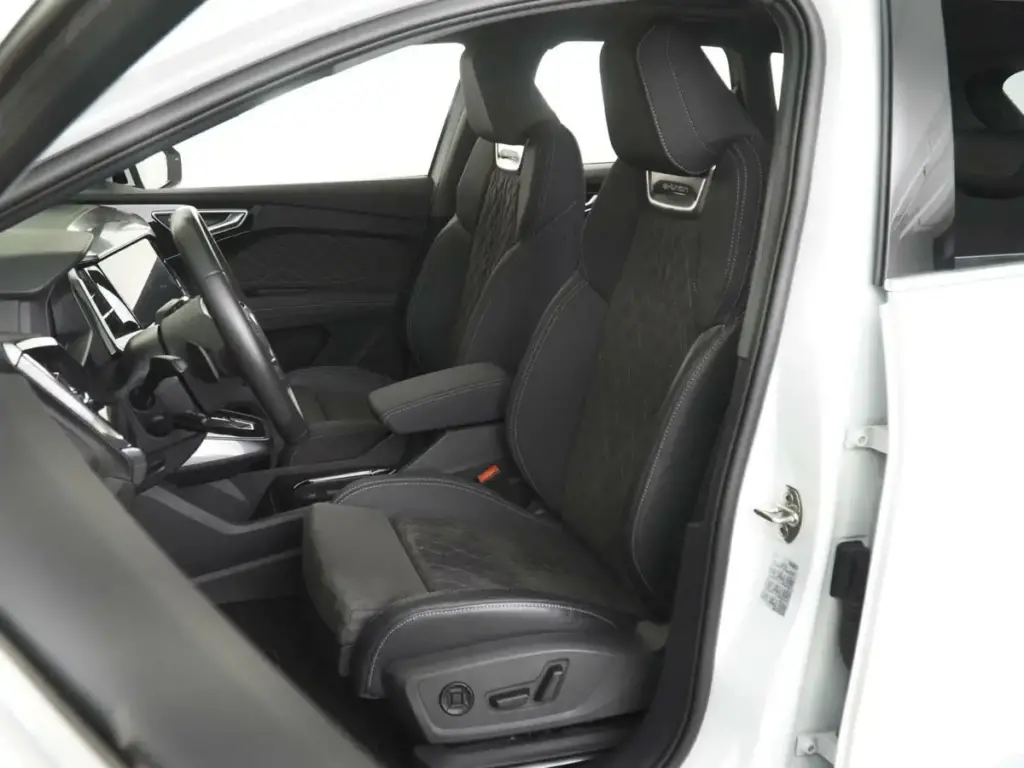
Used Audi Q4 e-tron: 2023 Model Year Analysis for US Buyers
Current Used Market Pricing & Depreciation Patterns
2023 Used Q4 e-tron Market Analysis
- Average Used Price Range: $42,000-$55,000 depending on trim and mileage[12]
- Typical Depreciation: 15-25% from original MSRP after 1-2 years
- Best Value Trims: Q4 40 Premium and Q4 50 Premium Plus configurations
- Market Availability: Increasing inventory as lease returns enter used market
- Regional Price Variations: Higher prices in California/Northeast, lower in Midwest/South
Used Q4 e-tron Buying Checklist for American Consumers
Essential Inspection Points for Used Buyers:
- Battery degradation assessment (expect 1-2% annual loss)[1]
- Charging port condition and functionality testing
- Software update status and recall completion verification
- Interior wear patterns, particularly on leather and trim pieces[5]
- Paint condition assessment for stone chips and parking lot damage
Certified Pre-Owned vs Independent Dealer Options
Audi’s Certified Pre-Owned program provides extended warranty coverage and comprehensive inspection processes, though pricing premiums of $2,000-$4,000 above independent dealers may not justify benefits for mechanically sound vehicles. Independent dealers offer better pricing flexibility but require thorough pre-purchase inspections.
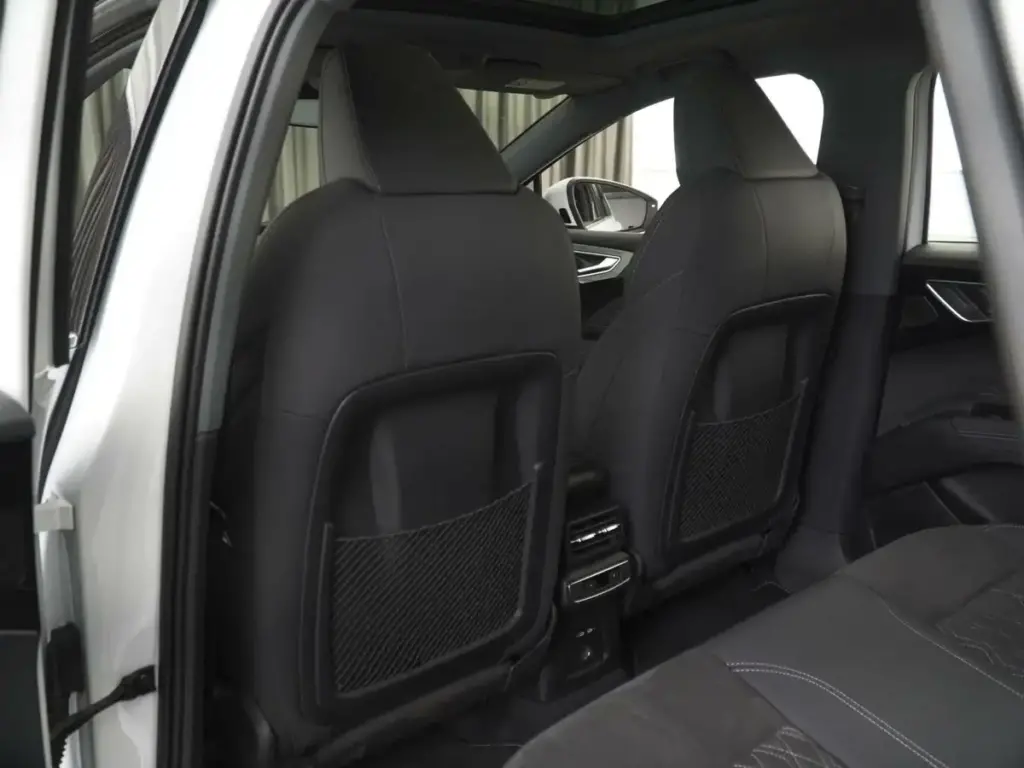
US Pricing & Total Cost Analysis for American Buyers
Complete 2023 US Trim Level Breakdown
US Market Pricing Structure (Mobile-Optimized)
- Q4 40 e-tron Premium ($49,800): RWD, 201 hp, premium interior, MMI navigation, comprehensive safety[1]
- Q4 40 e-tron Premium Plus ($52,400): Enhanced tech, driver assistance, comfort features[1]
- Q4 50 e-tron Premium Plus ($53,900): AWD, 265 hp, premium appointments, quattro capability[1]
- Q4 50 e-tron Prestige ($58,800): Top luxury trim, advanced features, premium materials[1]
2023 Model Year Incentives and Financing (Historical Data)
During 2023 model year sales period, Audi offered competitive financing at 1.9-2.9% APR for qualified buyers, while federal tax credits of up to $7,500 applied to eligible purchases based on income limits and battery sourcing requirements[2].
Regional dealers reported customer incentives ranging from $1,000-$3,000 during peak sales periods, while lease programs featured competitive rates with low money factors for qualified American buyers[2].
Current used market financing typically ranges from 3.9-6.9% APR depending on credit qualifications and loan terms, with certified pre-owned financing offering slight rate advantages over independent dealer purchases.
Five-Year Total Cost of Ownership for 2023 Models
Estimated five-year ownership costs for 2023 Q4 e-tron range from $50,000-$65,000 depending on trim level and usage patterns. These calculations include:
- Electricity costs: $62 monthly average
- Maintenance: $1,200-$2,000 annually
- Insurance: $2,000-$2,600 annually
- Projected depreciation varies by market conditions
Electric efficiency advantages provide substantial fuel savings compared to gasoline luxury SUVs, with annual operating costs approximately $2,400-$3,200 lower than comparable BMW X3 or Mercedes GLC alternatives popular in American luxury segments[1].
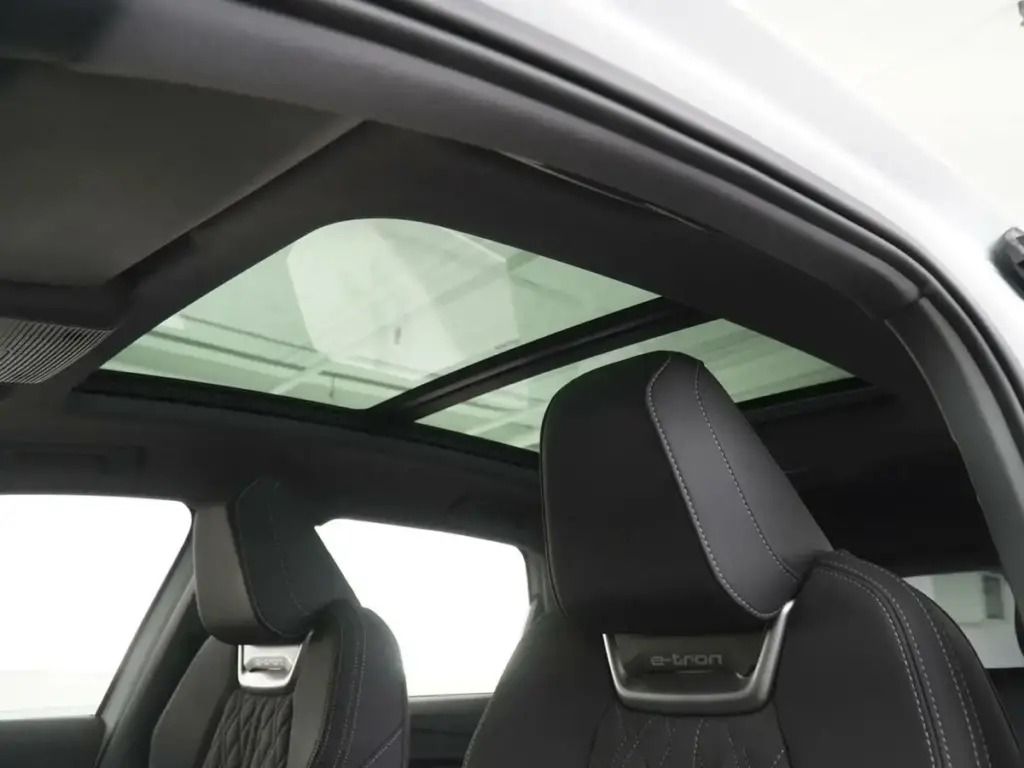
Real US Owner Experience: Authentic American Feedback
What American Q4 e-tron Owners Praise Most
Top Features from US Owner Forums and Reviews:
Early US owner feedback consistently highlights exceptional build quality and refined driving dynamics compared to Tesla alternatives. Owners appreciate the “excellent Audi quality” and 270-mile real-world range in economy drive mode with prudent driving techniques[1].
Performance characteristics receive consistent praise from American owners:
- Q4 50’s 265-horsepower output providing confident highway acceleration
- Sophisticated suspension tuning balancing comfort and handling
- Traditional luxury appointments satisfying conservative buyers
- Physical climate controls preferred over touch-only systems
Interior quality and traditional luxury appointments satisfy American buyers seeking conventional premium experiences, with owners praising physical climate controls, quality materials, and comprehensive driver assistance features that work reliably[1].
Common Criticisms from US Owners
Real Issues Reported by American Buyers:
Range limitations during extended highway travel represent concerns among US owners requiring extensive interstate capability, particularly during extreme cold weather conditions where significant range reduction occurs[1].
Technology interface issues frustrate some American owners, including the absence of physical volume controls and the lack of one-pedal driving capability that Tesla owners expect. Some report occasional software glitches requiring dealer service visits[6].
Charging infrastructure dependence creates anxiety for American owners accustomed to gasoline convenience, particularly during long-distance travel across regions with limited Electrify America or third-party charging availability[5].
Long-Term US Ownership Satisfaction Data
Limited long-term reliability data exists due to recent model introduction, though initial quality impressions suggest positive ownership experiences for buyers prioritizing luxury refinement over maximum efficiency or cutting-edge technology features[7].
Owner surveys indicate generally positive satisfaction levels among conservative luxury buyers, with owners accepting performance and efficiency trade-offs for traditional German luxury appointments and superior build quality compared to mainstream EV alternatives[5].
Resale value projections remain optimistic given Audi’s established brand strength in American luxury markets, though rapidly evolving EV technology creates uncertainty for long-term value retention across all electric vehicle segments.
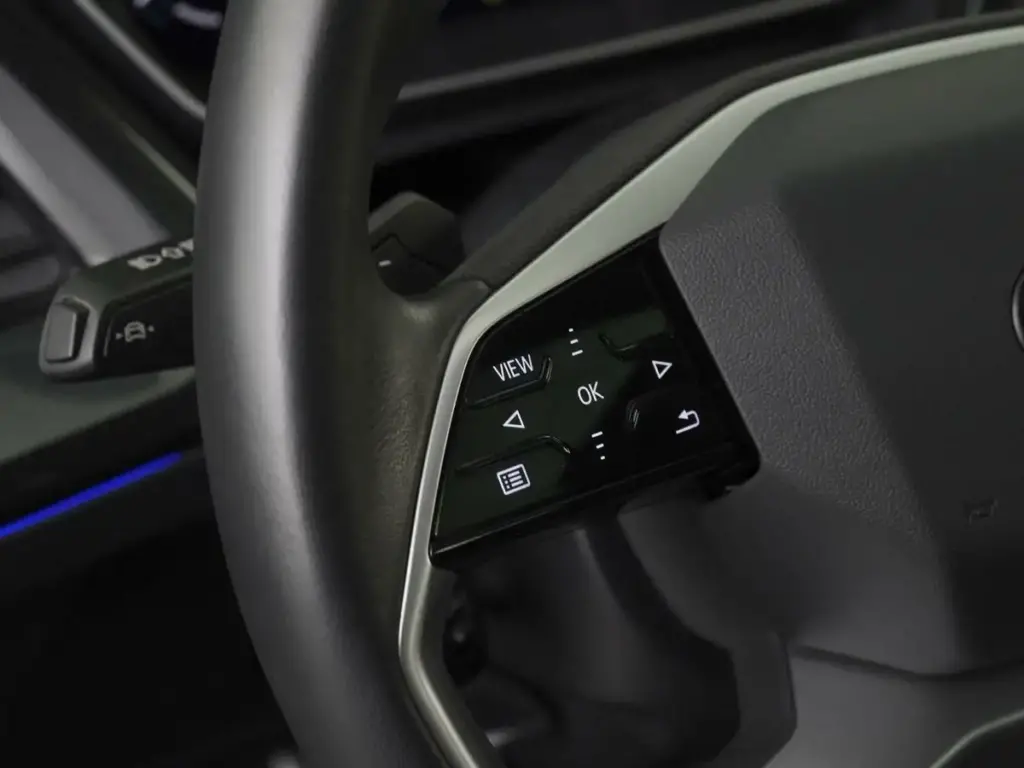
Regional US Climate and Terrain Performance
Cold Weather Performance for Northern US States
Advanced battery thermal management maintains optimal performance across harsh American winter conditions, with available heat pump systems reducing cold-weather range loss compared to resistive heating systems used in many competitors. Battery preconditioning capability while charging addresses American cold-climate concerns[5].
All-wheel-drive confidence on Q4 50 models provides superior traction for snow-belt states, though owners should expect typical 20-30% range reduction during extreme cold conditions common in northern American regions where temperatures regularly fall below 0°F[1].
Heated seats, steering wheel, and cabin pre-conditioning features address cold-climate functionality essential for northern US markets, while improved thermal efficiency maintains consistent performance across diverse American weather conditions[1].
Hot Weather and Sun Belt Performance
Sophisticated cooling systems maintain battery and cabin comfort during extreme heat conditions throughout Arizona, Texas, and Florida markets. Advanced thermal management prevents charging speed reduction common in some competing EVs during extreme temperature conditions[1].
Paint durability and interior materials receive UV protection designed for harsh southwestern US conditions, ensuring long-term appearance quality meeting German luxury standards across diverse American regional environments throughout vehicle ownership periods[1].
Four-zone automatic climate control effectively manages interior temperatures during sustained desert highway driving, while the electric powertrain’s thermal efficiency remains consistent across extreme temperature variations common in American Sun Belt regions[1].
US Infrastructure and Regional Adaptability
Ground clearance and underbody protection accommodate varied US road surface quality from smooth interstates to deteriorating urban infrastructure common across American metropolitan areas where luxury EVs typically operate during daily use[1].
Audi’s established US dealer network ensures maintenance accessibility across major metropolitan areas, though rural coverage may require longer travel distances compared to more established luxury brands in remote American regions requiring service support[8].
Electrify America charging network coverage spans major US highway corridors ensuring road trip capability, though coverage density remains lower than Tesla’s Supercharger network in certain American regions requiring careful trip planning[1].
For a comprehensive view of Audi’s electric evolution, check our detailed 2023 Audi Q4 e-tron analysis alongside comparisons with newer model years.
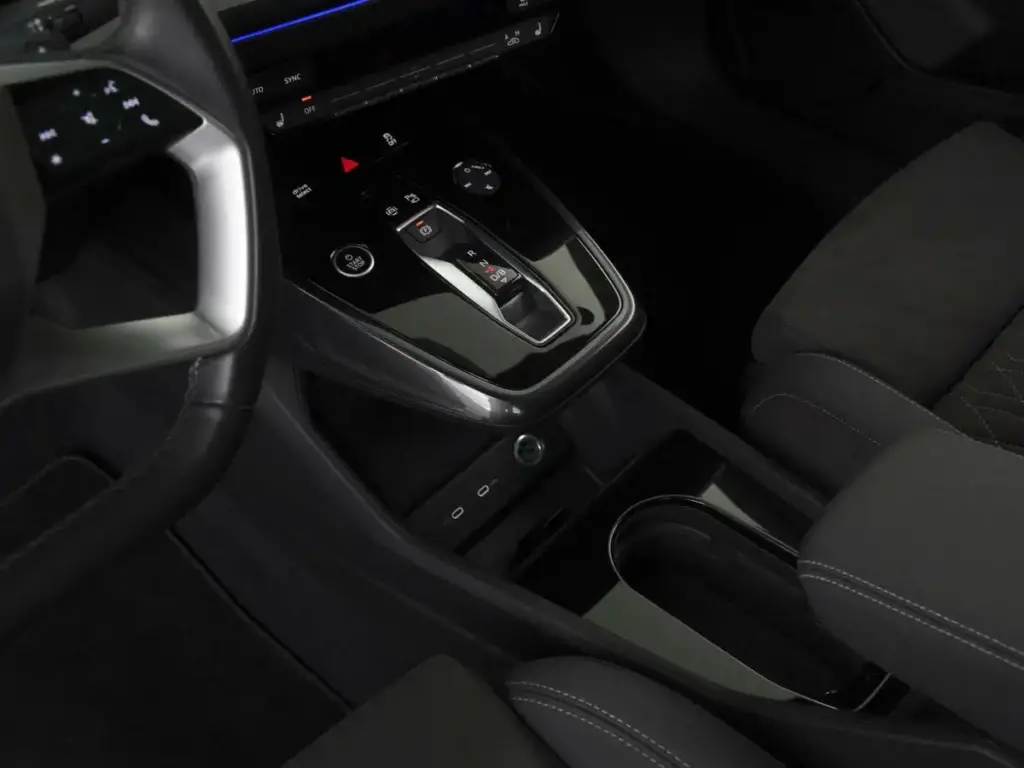
Should American Buyers Purchase the 2023 Audi Q4 e-tron?
Ideal Match for These US Buyer Profiles
Affluent Americans seeking traditional German luxury in electric form represent the primary target demographic. These buyers prioritize refined appointments and proven quality over cutting-edge technology or maximum efficiency found in Tesla alternatives available in US markets[1].
Conservative luxury buyers requiring familiar operation and traditional premium features find compelling value propositions in the Q4 e-tron’s conventional approach. The vehicle delivers conventional luxury SUV experience with electric efficiency benefits for American buyers hesitant about radical EV technology adoption[1].
Regional buyers with established charging infrastructure access and moderate daily driving requirements will appreciate the Q4 e-tron’s balance of luxury, performance, and efficiency without range anxiety concerns affecting long-distance travelers across American regions[1].
Consider US Market Alternatives If You Prioritize
Maximum electric range for extensive American interstate travel suggests Tesla Model Y or BMW iX alternatives offering superior efficiency and charging speed capability. The Q4 e-tron’s 241-mile range may restrict utility for buyers requiring frequent long-distance freedom[1].
Cutting-edge technology and maximum performance favor Tesla Model Y or Genesis GV60 alternatives providing more innovative features and superior acceleration capability for tech-focused American buyers seeking advanced EV experiences over traditional luxury[1].
Maximum value proposition suggests mainstream EV alternatives like Hyundai IONIQ 5 or Kia EV6 offering comparable functionality at significantly lower acquisition costs while maintaining competitive luxury feature content for budget-conscious buyers[11].
Final US Market Recommendation with Scoring
Overall Rating for American Buyers: 3.9/5 Stars
- Performance & Efficiency: 3.8/5 – Good acceleration and efficiency, limited by moderate range
- Interior & Technology: 4.2/5 – Excellent German luxury, some tech interface issues
- Safety & Reliability: 4.1/5 – Strong safety scores, concerning brand reliability trends
- Practicality & Value: 3.8/5 – Good for luxury buyers, premium pricing vs competitors
- US Market Competitiveness: 3.7/5 – Strong traditional luxury alternative, trails Tesla significantly
Bottom Line Decision for US Market
The 2023 Audi Q4 e-tron successfully delivers refined German electric luxury for discerning American buyers seeking traditional premium experiences over revolutionary EV technology. Best suited for affluent US consumers prioritizing quality appointments and proven engineering, though Tesla Model Y and other competitors provide superior practical advantages for most buyers seeking electric SUV capability.
For historical perspective, compare with our 2022 Audi Q4 e-tron review and 2024 Audi Q4 e-tron updates.
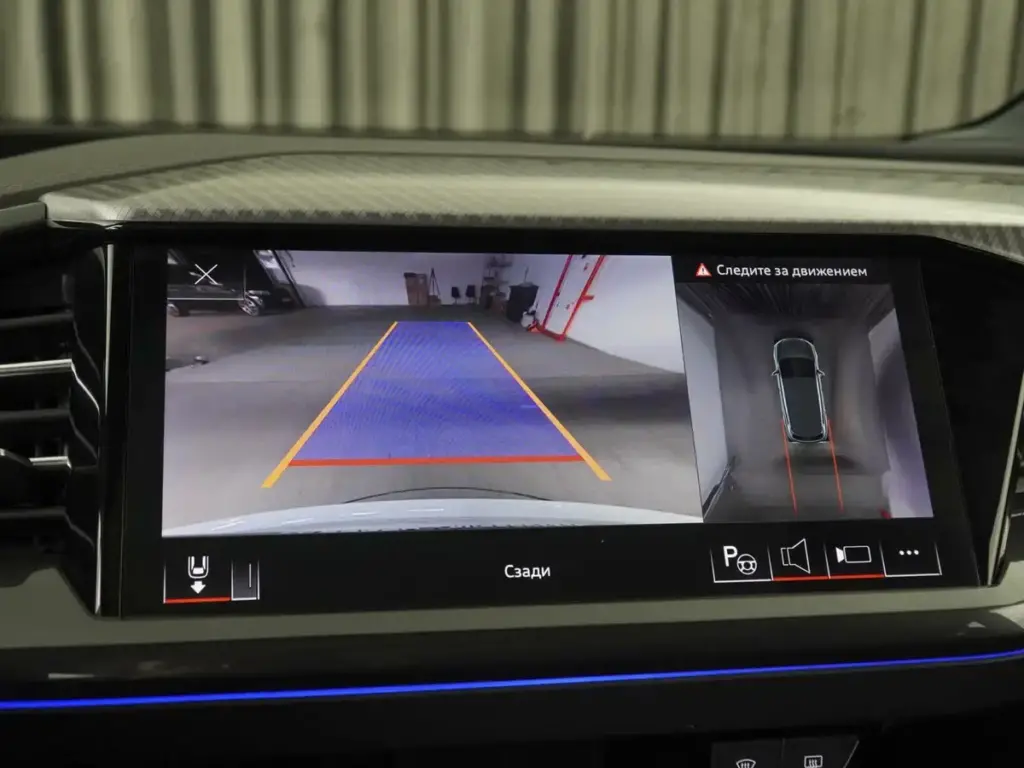
Key Takeaways
- Traditional luxury approach: Appeals to conservative American buyers preferring conventional premium appointments over Tesla’s minimalist philosophy and tech-first approach
- Competitive 2023 pricing: Starting at $49,800, positioning competitively within luxury EV segment while offering established German luxury credentials
- Range considerations: 241-265 mile EPA range adequate for daily use but requires planning for extensive American interstate travel compared to Tesla alternatives
- Strong safety credentials: IIHS Top Safety Pick+ award and 5-star NHTSA ratings provide confidence for American families prioritizing crash protection
- Used market opportunities: 2023 models entering used market with 15-25% depreciation offering value-conscious luxury EV buyers attractive options
- Charging infrastructure dependence: Success requires access to Electrify America network for road trips, less convenient than Tesla’s Supercharger coverage
- Brand reliability concerns: Audi’s poor reliability rankings (30th of 32 brands) create uncertainty for long-term ownership satisfaction
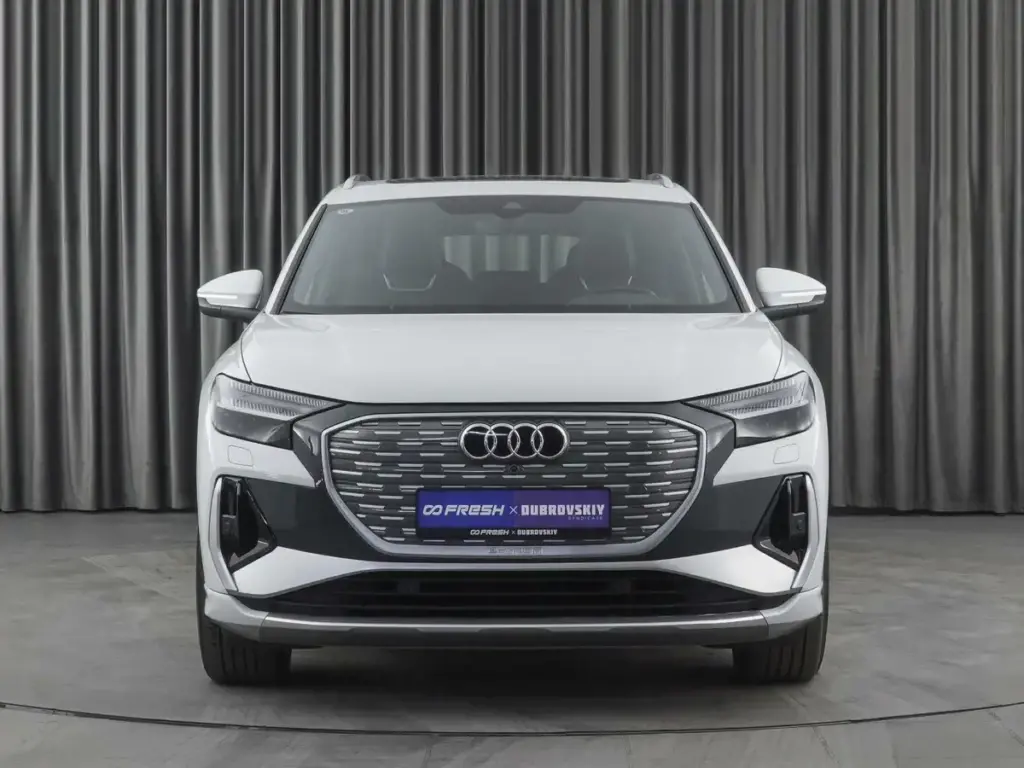
Frequently Asked Questions for US Buyers
What’s the real-world range for US highway and city driving?
How does it compare to BMW X1 and Tesla Model Y for American buyers?
What are current dealer incentives and typical financing rates?
Is it reliable for long-term ownership based on US data?
How does it handle American winter conditions and summer heat?
Should I choose this over other luxury electric SUVs in 2023?
If you prioritize traditional German luxury refinement and proven quality over maximum range or cutting-edge technology, the Q4 e-tron excels for conservative buyers. However, Tesla Model Y offers superior efficiency, performance, and charging infrastructure for practical American EV ownership at competitive pricing[1].
References
- Edmunds. (2023). 2023 Audi Q4 e-tron Review & Ratings. https://www.edmunds.com/audi/q4-e-tron/2023/
- Audi Dublin. (2023). 2023 Audi Q4 e-tron Near Me. https://www.audidublin.com/2023-audi-q4-etron-near-dublin-oh.htm
- CarBuzz. (2023). 2023 Audi Q4 e-tron – Safety & Reliability. https://carbuzz.com/cars/audi/q4-e-tron/2023/safety-reliability/
- US News Cars. (2025). 2023 Audi Q4 e-tron Review. https://cars.usnews.com/cars-trucks/audi/q4-e-tron/2023
- Business Car. (2025). Final report: Audi Q4 E-Tron Sportback long-term review. https://www.businesscar.co.uk/test-drives/latest-report-audi-q4-e-tron-sportback-long-term-review/
- US News Cars. (2025). 2025 Audi Q4 e-tron Review. https://cars.usnews.com/cars-trucks/audi/q4-e-tron
- Consumer Reports. (2023). 2023 Audi Q4 E-Tron Reliability. https://www.consumerreports.org/cars/audi/q4-e-tron/2023/reliability/
- Driving Electric. (2024). Audi Q4 e-tron review: reliability & safety rating. https://www.drivingelectric.com/audi/q4-e-tron/reliability
- Cars Guide. (2024). Audi Q4 E-Tron vs BMW X1. https://www.carsguide.com.au/audi/q4-e-tron/vs/bmw-x1
- TrueCar. (2025). Audi Q4 e-tron vs. BMW X1 Comparison. https://www.truecar.com/compare/audi-q4-e-tron-vs-bmw-x1/
- Cars Guide. (2024). Audi Q4 E-Tron vs Volvo V60. https://www.carsguide.com.au/audi/q4-e-tron/vs/volvo-v60
- US News Cars. (2025). 2025 Audi Q4 e-tron Prices & Deals. https://cars.usnews.com/cars-trucks/audi/q4-e-tron/prices

I am a senior automotive analyst at Autvex. Expert vehicle evaluations, in-depth reviews, and objective analysis helping readers make informed automotive decisions with years of industry experience.

